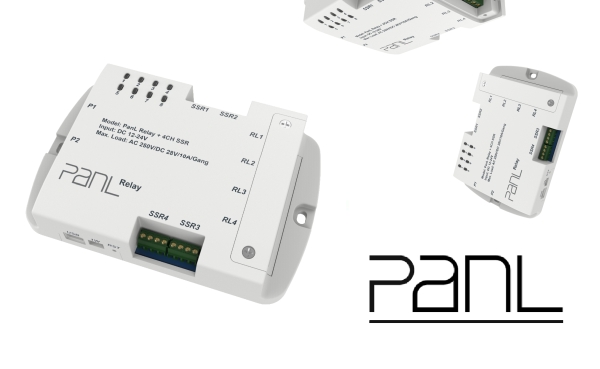Bridgetek has further extended the scope of possibilities addressed by its PanL home automation connectivity platform – with release of the PanL Relay. The purpose of this latest unit is to bring greater functionality to installed systems, thereby leading to heightened levels of comfort. It serves as a means to deliver smart switching capabilities, via one of the system’s PanL HMI touch displays. Thanks to incorporation of PanL Relays in their home automation implementation, users will be able to activate or deactivate domestic appliances (such as washing machines, microwave ovens, dishwashers, toasters, rice cookers, kettles, etc.) and other items of electrical equipment (like fans, lamps and outdoor heaters).

Contained within compact, low-profile enclosures (of 145.7mm x 96.7mm x 29.50mm dimensions), the Bridgetek PanL Relays are packed full of sophisticated electronic technology. Each one features a high-performance, 100MHz-rated, 32-bit FT903 RISC microcontroller unit (MCU). In addition, there are 4 standard electro-mechanical relays for conventional control requirements, plus another 4 solid-state relays which are suitable for controlling higher power electrical devices. All of these relays have their own corresponding status indicators, so that users can see what is being controlled.
PanL Relay units can be powered off a 16V to 24V DC supply. They connect directly to the Bridgetek PanL Hub, which lies at the centre of the home automation system, via their RS485 interfaces. For large-scale implementations where more capacity is required (such as residential complexes or office buildings), it is possible to daisy chain multiple units together.
Read more: BRIDGETEK INTRODUCES NEW PANL HARDWARE FOR THE CONTROLLING OF SMART DEVICES
